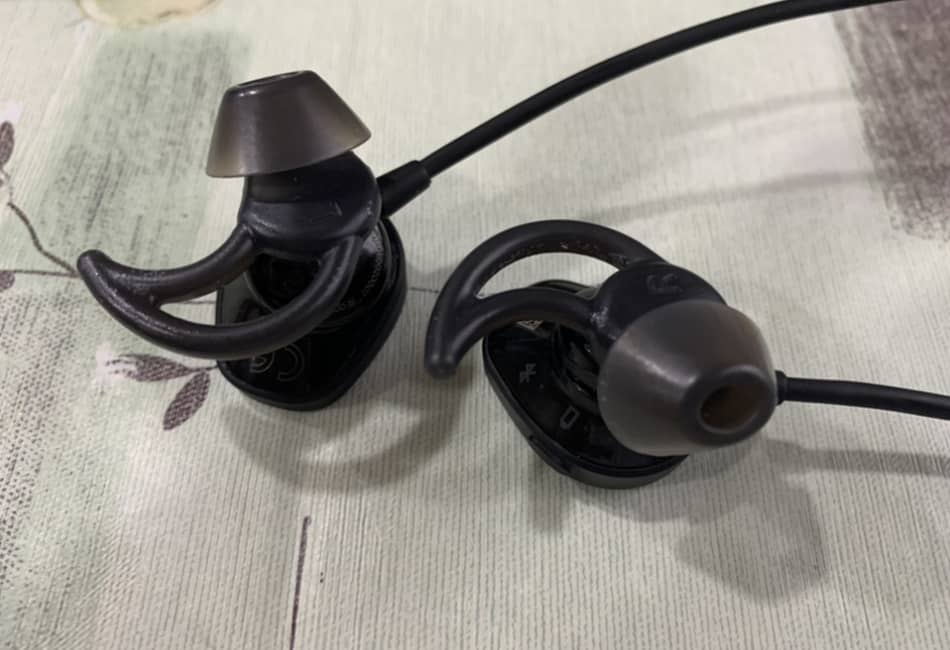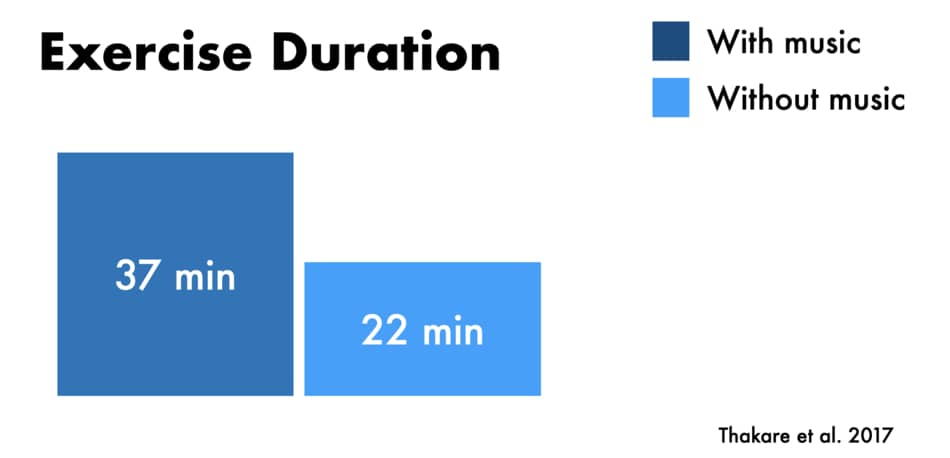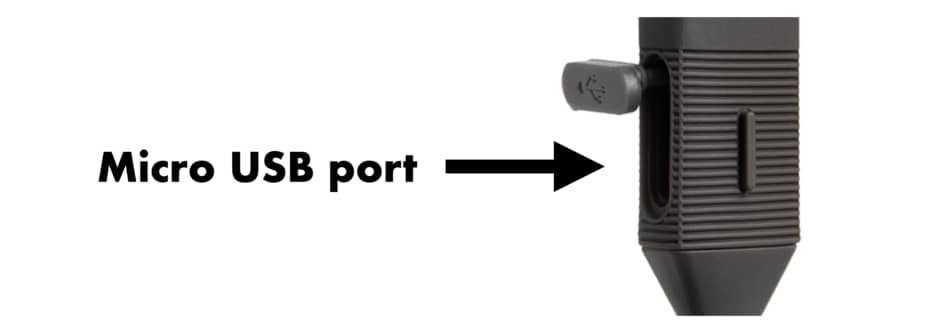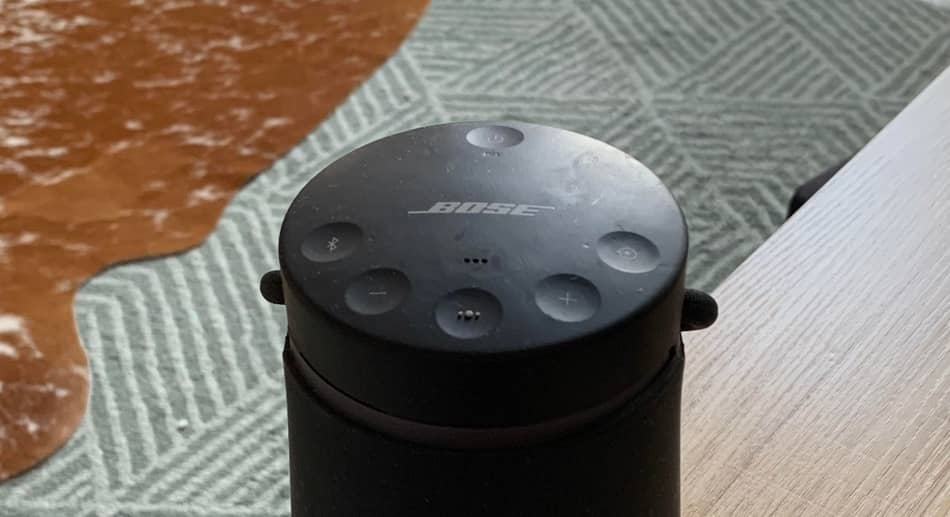Over the past couple of years, I’ve tried and tested several different headphones for the peloton, as well as for running and strength classes.
In this article, I will share with you my thoughts on how good are the peloton headphones, if so, which should you use.

Overview
You can use a peloton and listen to the classes either via the built-in speaker system on the monitor screen, as well as via headphones.
The peloton does have two types of headphones.
- First is Urbanears Sumpan, wired earbuds that come with the Peloton bike when you buy essential, work, or family packages.
- The second one is JBL X, wireless earbuds that are only available in the online peloton store.
Pros
- Both JBL and Urbanears specialize in high-quality headphones, earbuds, and speakers.
- They look great and sound okay for the price
Cons
- There are better brands to consider
Price
Here is the price comparison table for peloton headphones with other compatible models.
| Headphones | Price |
|---|---|
| Peloton JBL X | $85 |
| Bose Sport Earbuds | $179 |
| Bose Sport Open Earbuds | $199 |
| Bose SoundSport | $129 |
| Beats Fit Pro | $199.99 |
| Beats Studio Buds | $149.95 |
| Beats Flex | $69.99 |
| Powerbeats Pro | $199.99 |
| JBL Endurance RUN | $18.99 |
| JBL Reflect Contour 2 | $30.95 |
| JBL Endurance SPRINT | $39.69 |
| JBL Reflect Mini NC | $149.95 |
| JBL Endurance DIVE | $69.97 |
| Apple AirPods Pro | $249 |
| Apple AirPods | $109.99 |
| Jabra Elite 7 Active | $179.99 |
| Jabra Elite 4 Active | $119.99 |
| Jabra Elite Active 45e | $99.99 |
- If you want to save money, grab one of the JBLs for under $40.
- If you have extra cash, I recommend getting Apple AirPods Pro for $249.
- If you want the best of the best at any price, get Bose Sport Open Earbuds for $199.
On one hand, paying $85 for Peloton JBL X is not so steep (compared to Powerbeats Pro for $199, or Jabra Elite 7 Active for $179.99.)
On the other hand, I know the sound quality coming from Jabre or Beats is a day and night difference comapring to Peloton.
Also, if you are lucky and can grab one of those healthcare worker discounts that Peloton is proud to giveaway, it can shave off $300 to $500 of value when buying a bike, which can be redeemed for accessories like headphones.
Features
The difference between the peloton JBL X and Urbanears Sumpan is that JBL X is wireless and has better sound quality.
Plus, they have a flexible ear wing that provides support, and stability and sits perfectly in the ear.
Peloton JBL X
What I like about the peloton JBL X headphones is they can be used with any other workouts, even off the bike, as well as when running on the tread or outside.
Here is the detailed specs table for peloton JBL X headphones.
| Feature | Peloton JBL X |
|---|---|
| Wireless | Yes |
| Maximum Play Time | 10 hours |
| Rechargeable battery | Yes |
| Charging time | 2 hours |
| Bluetooth frequency | 2.402GHz-2.48GHz |
| Bluetooth version | 4.1 |
| Ear tip material | Rubber |
| Hands-free call | Yes |
| Price | $85 |
For me, the peloton JBL X headphones are OK. They’re cord-free, water-resistant, and have a battery life of over 10 hours. However, I would not buy the pair, even if the price for the peloton earbuds is under $100 (half of what you can pay for other headphones).
Why? There are better headphones out there!
Unless you’re living in some remote location without internet and Amazon prime (and you don’t own any other wireless headphones) I say buy Peloton JBL X headphones.
Peloton Urbanears Sumpan
The peloton Urbanears Sumpan are wired earbuds and come with a 6′ cord, which means you won’t have any problems with the connectivity or Bluetooth pairing.
(I know, who makes wired headphones anyway?)
If you want me to be honest, they are just straight terrible.
- They are not suitable for off-the-bike workouts.
- I noticed they tend to get quiet, even when the volume is high.
- If you have the original peloton bike, the 6′ cord does come in the way, especially when the cable gets in between the handlebars.
(If you’re using the peloton bike+, there is no problem because the new headphone jack is in the front of the handlebars.)
For me, the only problem with the wired peloton headphones is that you cannot use them for other floor classes like strength and HIIT because the cord has to be plugged in.
One advantage of these earbuds is that they do not slip out from the ears thanks to removable silicone ear tips, even during the extended sweat session.
(I think they sit better in my ears than the Apple Airpods.)
However, they do not provide the clear and sharp sound quality that you get from other headphones.
Here are the specs for peloton Urbanears Sumpan headphones.
| Feature | Peloton Urbanears Sumpan |
|---|---|
| Wireless | No (6′ cord) |
| Maximum Play Time | – |
| Rechargeable battery | No |
| Headphone jack | 3.5mm |
| Bluetooth frequency | No |
| Bluetooth version | No Bluetooth |
| Ear tip material | Silicone |
| Hands-free call | Yes |
| Price | Free with peloton packages |
Both of the peloton headphones JBL X and Urbanears Sumpan have a built-in microphone that can be used for hands-free calls and voice assistant when you connect them to your phone.
Headphones compatible with the peloton
If you think that the peloton earbuds are ‘meh’, keep in mind that the bike works (and supports) almost all wireless headphones via Bluetooth 4.0 technology.
(For me, a wireless connection provides a much better sound experience and safety during classes).
Here is the list of what Bluetooth headphones work with the peloton.
| Brand | Model |
|---|---|
| Peloton | JBL X |
| Bose | Sport Earbuds Sport Open Earbuds SoundSport |
| Beats | Fit Pro Studio Buds Flex Powerbeats Pro |
| JBL | Sport Wireless REACT Endurance RUN Reflect Contour 2 Endurance SPRINT Reflect Mini NC Endurance DIVE |
| Apple | AirPods Pro AirPods |
| Jabra | Elite 7 Active Elite 4 Active Elite Active 45e Elite Sport |
Obviously, I haven’t tried them all.
What headphones do I use for Peloton?
I’m not fancy. I used a few models from Bose, JBL, and Beats. (I like Bose a lot.
They have noise canceling, good enough to mute my wife from the background.)
Some fancier earbuds do have noise-canceling that makes quiet sound quieter and music sound better.
I also like Apple AirPods
The Apple AirPods do work with the Peloton bike and tread.
In fact, the peloton recommends using Apple AirPods if you already have them, along with other earphones like Powerbeats3 and Urbanears Hellas.
Please note that AirPods may sometimes disconnect. It’s typically becasue they may be already paired with other devices like your phone or tablet.
Also, please keep in mind that if your AirPods are already paired with other sources, your peloton won’t be able to see them on the Bluetooth device list.
To ensure your AirPods work correctly, unpair them from your phone.
I used both peloton JBL X and Urbanears Sumpan on the peloton bike, as well as Bose SoundSport. However, if you have a tread, I highly recommend using wireless headphones.
Why do I use headphones for Peloton?
Here are my personal reasons why I love the exercise with music (and hate training in silence).
1. Makes me workout harder
I love to use headphones because they improve the sound quality and the overall exercise experience when I’m on and off the bike.
Plus, when you listen to high-quality, upbeat, and rhythmic music you can not only train longer but also get more motivated and less tired.
Here’s the proof.
A multilevel meta-analysis of 139 studies has shown that “use of music listening across a range of physical activities to promote more positive affective valence, enhance physical performance, reduce perceived exertion, and improve physiological efficiency“.
This means that listening to music during the peloton workout has a profound effect on your performance.
Not only that.
Dr. Avinash E Thakare from the GMC Rajnandgaon in India has documented that people who listen to music while exercising can train for up to 60% longer, compared to people who trained without the music.

As you can see above, the total exercise duration in the whole group with music was significantly greater than the exercise duration without music (Thakare et al. 2017).
(Sounds insane, right?)
That’s one of the reasons why I love to use good headphones with my Peloton bike. Not only does it allow me to train harder, but also provides a crisp-quality sound.
Of course, both bike and tread have a built-in speaker system that allows listening to the classes directly from the monitor.
But if you want the best sound quality and noise-canceling, I recommend testing some quality headphones.
2. It keeps the noise down
Another reason why I recommend using the peloton headphones is to keep the noise down, especially when you train early in the morning or late at night.
Peloton built-in speakers have poor sound quality, but the overall volume is high enough to play out loud and to wake up everyone around.
How to connect headphones to Peloton?
To connect headphones use the small jack. Peloton bike and bike+ have a 3.5mm headphone jack where you can plug in the wired cord.
The original peloton bike has a jack on the side of the touchscreen, and the new peloton bike+ has a headphone jack in front of the handlebars.
The peloton tread has 2.2 channel front-facing stereo speakers with 2.2 rear-facing woofers, as well as a 3.5mm audio jack on the screen to connect wired headphones.
How to use Peloton headphones
You can use peloton headphones by pairing them with your bike. To ensure your headphones are working, make sure your earbuds’ battery is charged and they are not paired with other devices.
Here is the video tutorial on how to connect the peloton to headphones.
1. Turn on the headphones
Start by turning on your peloton headphones and pressing the button. This will start pairing mode and allow the peloton to connect.
2. Log in to the bike
If your bike is switched off, turn it on and log in to the main menu.
3. Select the menu button
The menu button is on the bottom right corner of your home screen and has a “three dots” icon.
4. Select device settings
Device settings open a window where you can manage your WiFi and Bluetooth.
5. Select Bluetooth
Once you press the Bluetooth settings, you can turn ON the Bluetooth sidebar in the top right corner. This will enable pairing mode on the peloton bike.
6. Pair your headphones
Once the Bluetooth is on, the peloton should display a list of Bluetooth devices that are nearby and ready to pair.
How to charge Peloton headphones
You can charge the peloton JBL X headphones by using the included micro USB cable. The USB port is on the controls panel where you adjust the volume. It takes around 2 hours to fully charge peloton headphones from the empty battery.
See below.

Alternatively, you can also charge your headphones directly from the peloton bike.
Using Peloton Without Headphones
In general, you can use a peloton without headphones because both bikes and tread have a speaker system. However, these speakers do not employ a separate bass radiator and can start to distort at a higher volume level, which means they can easily be damaged.
What is audio distortion? As a whole, audio distortion occurs when the amplifier in the speaker is unable to provide enough power.
This creates movement in a speaker driver, causes heat inside the speaker, and can damage the speaker.
In other words, the peloton speakers are not the best if you’re looking for a concert sound experience.
A good alternative for your home gym is to connect a wireless speaker system like Bose or JBL to the peloton bike, especially if you like good music.
See below.

I like to use the SoundLink Revolve II Bluetooth speaker because it’s portable, has a long-lasting battery, and has 360 degrees of crisp sound quality.
Conclusion
As you can see, the peloton JBL X headphones are ok because not only do they have better sound quality, but also they are wireless and can be used in other classes that are off the bike.
On the other hand, the peloton Urbanears Sumpan does not have the same sound quality.
I love that peloton includes those headphones in their bike packages, however, if you’re looking for the best audio experience, use other wireless headphones or earbuds.
